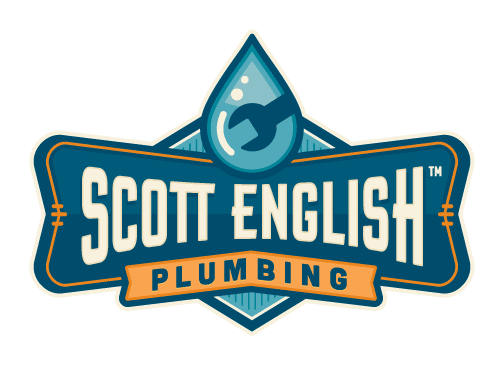Types of Plumbing Systems: Learn about Your Home
In the world of homeownership, knowledge is power. Whether you have a home built from scratch, or you own an older home, knowing about the systems inside of its walls is important. There will be moments when those systems need repair. If you do not know what kind of systems you have, the repairs will be more costly. When it comes to plumbing, homeowners should learn all they can about the pipes and fixtures within the exterior walls of their home.
With knowledge, homeowners can look for plumbing problems and possibly fix it before calling a plumber. But, with all plumbing issues, it is best to call a plumber, like Scott English Plumbing to help you solve the problem efficiently. If you know what type of plumbing system you have, the plumber is more likely to be able to fix it faster. There are four types of plumbing systems, and some houses can have a combination of them. These are the four types:
Galvanized Steel
If you own an older home that was built between the 1930s and 1980s, you most likely have galvanized steel pipes. Unfortunately, these are the pipes that can break down over time and release lead into the water. These pipes are usually coated with zinc, which breaks down and causes rust. It is the rust that releases lead into household water.
Galvanized steel pipes are usually gray or silver in color on the outside. They are rather heavy and can be problematic for plumbers to fix. In many situations, plumbers will recommend that homeowners replace them with plastic or copper pipes, usually for safety purposes and for water efficiency. The rust can slow the flow of water, making homeowners use more than they think they are using.
Copper
Copper pipes were also used in homes built in the 1930s, but not for as long as galvanized steel pipes. Copper pipes showed up again in homes built between the 1960s and today. Copper pipes are durable and they are significantly lighter than galvanized steel pipes. Newer ones are easy to spot because they have that classic copper color, but as they age, they develop the oxidized green or brown color.
While copper pipes themselves do not release lead in the water, the soldered joints may contain lead. It is possible to have pipes resoldered, but since copper is expensive, the process can be expensive, too. Many people will leave their copper pipes in place because of the value of the metal. Since they are reliable, this usually does not create any problems with plumbing.
Plastics: PVC & PEX
Home built in the 1950s to today often have PVC pipes in the plumbing system. PVC is short for polyvinyl chloride, which is a strong plastic. These hard pipes are usually marked with information about the quality and durability of the PVC. The durability is usually based on temperature ratings. They are also marked for their diameter.
PVC seems to last forever. It does not corrode or flake, but it is affected by hot water. Most sinks and tubs do not have PVC lines. They are most usually used in toilet lines and vent stacks. These are inexpensive to replace. Due to the low price of PVC pipe, many people use them in creative ways – like making patio furniture.
The newest plumbing systems use what is called PEX pipe. This pipe is made out of polyethylene – another plastic. Homes built in the 1990s to today often have this type of pipe. They come in several colors, but most plumbers will use red pipes to denote hot water lines and blue pipe for cold water lines. They are packaged in coils, so PEX pipe usually does not look straight when installed. This type of pipe does not rust or corrode, but it is never used in drain lines like PVC pipe is used.
If you have any questions about the pipes used in your home, please give Scott English Plumbing a call at (714) 987-9801 or (949) 293-2037
